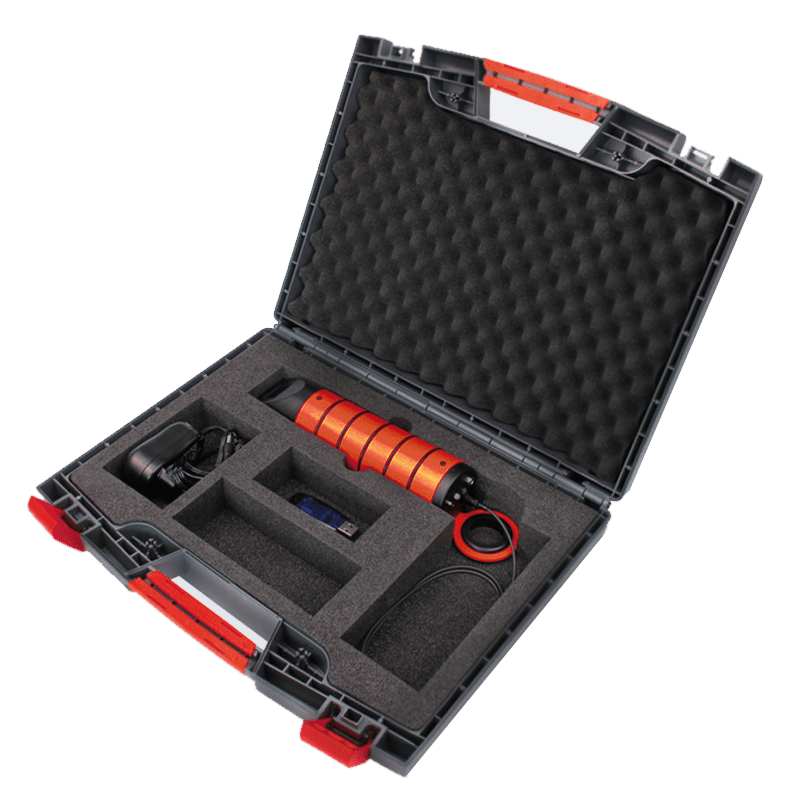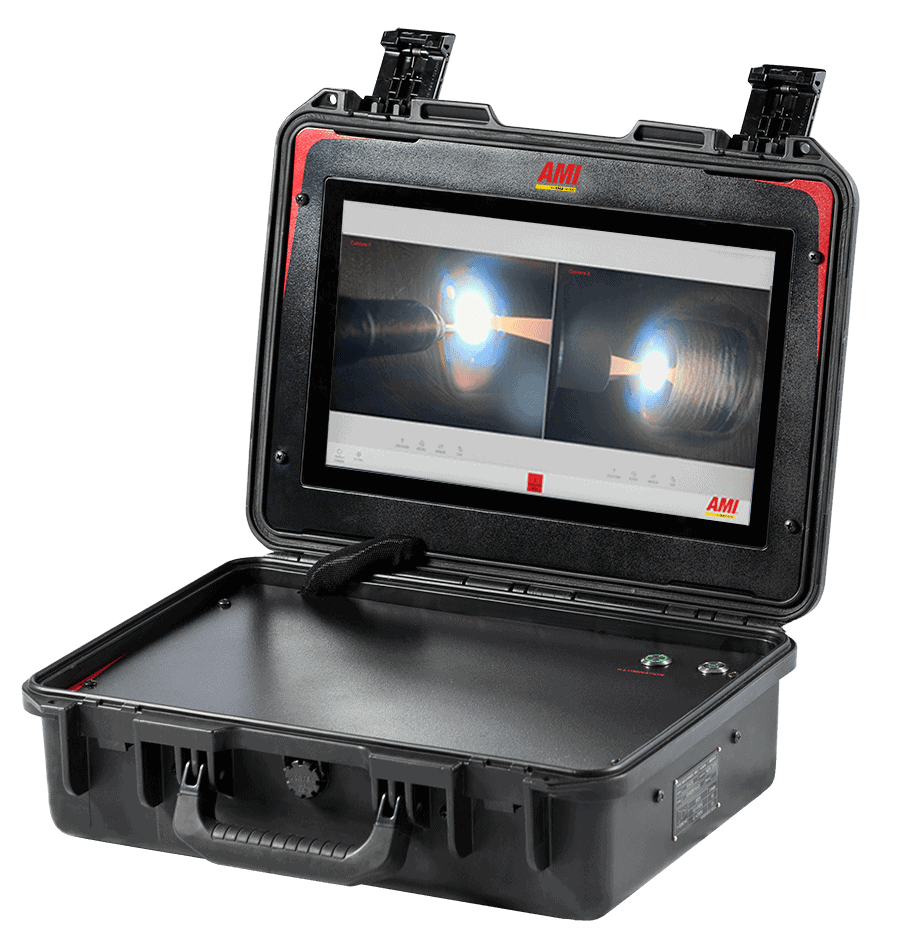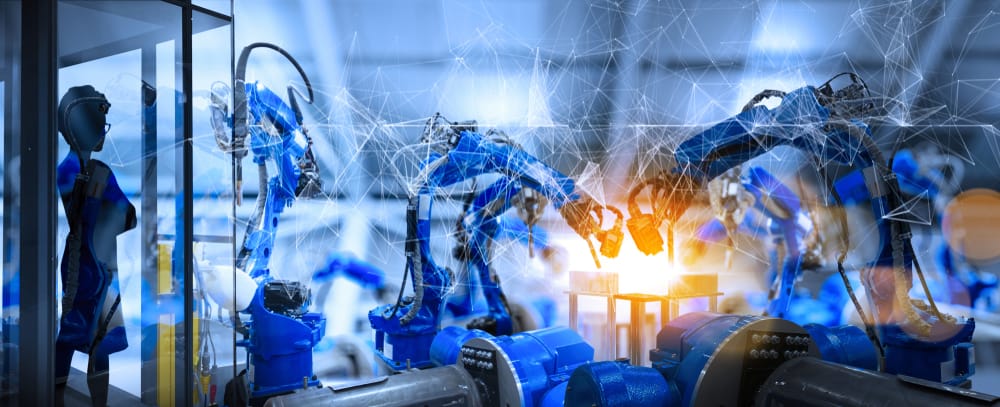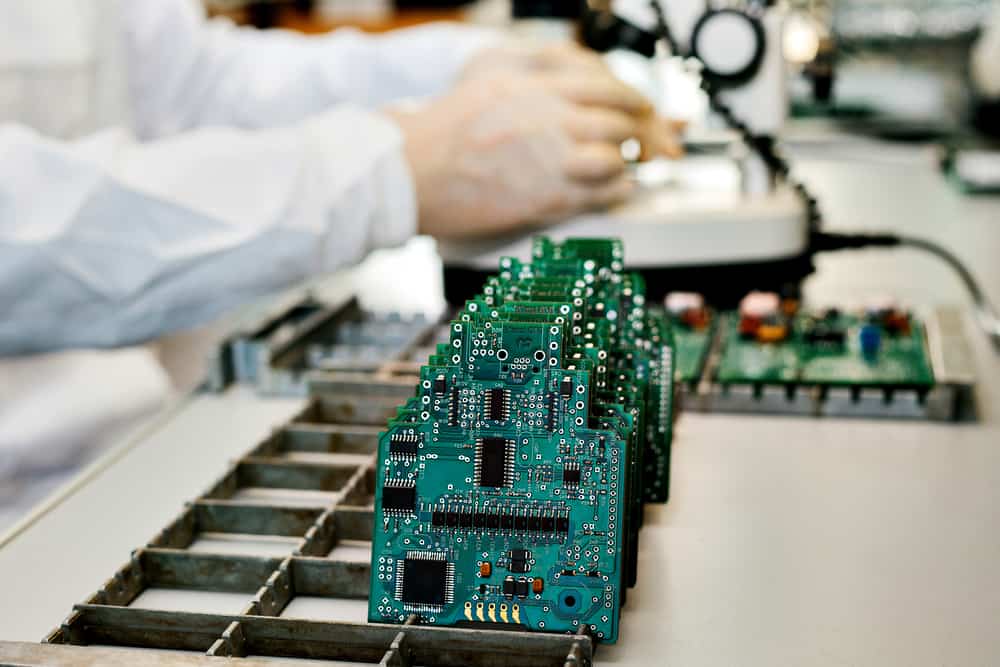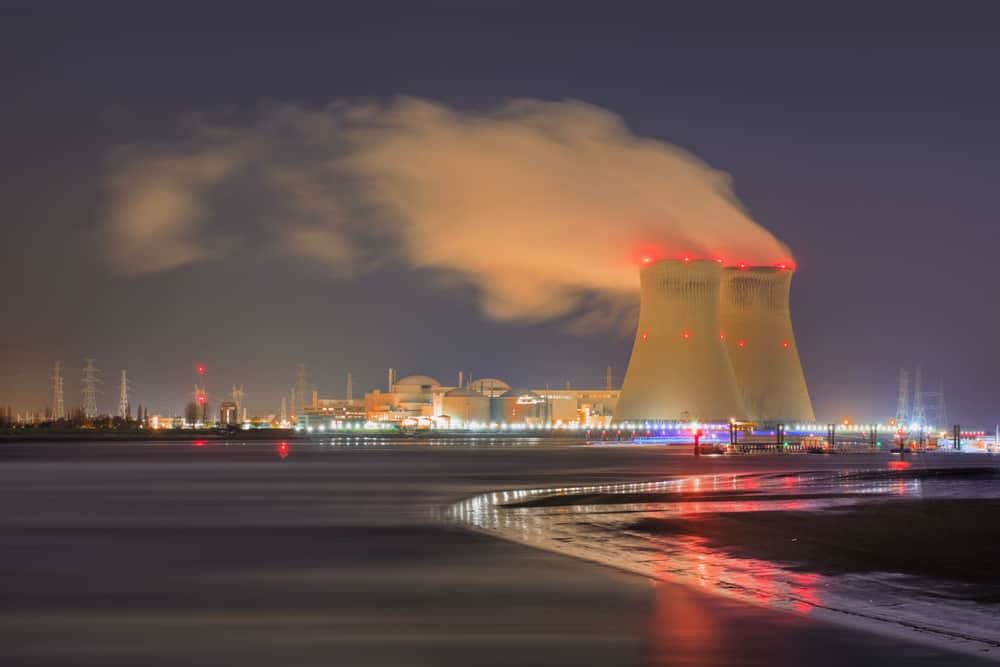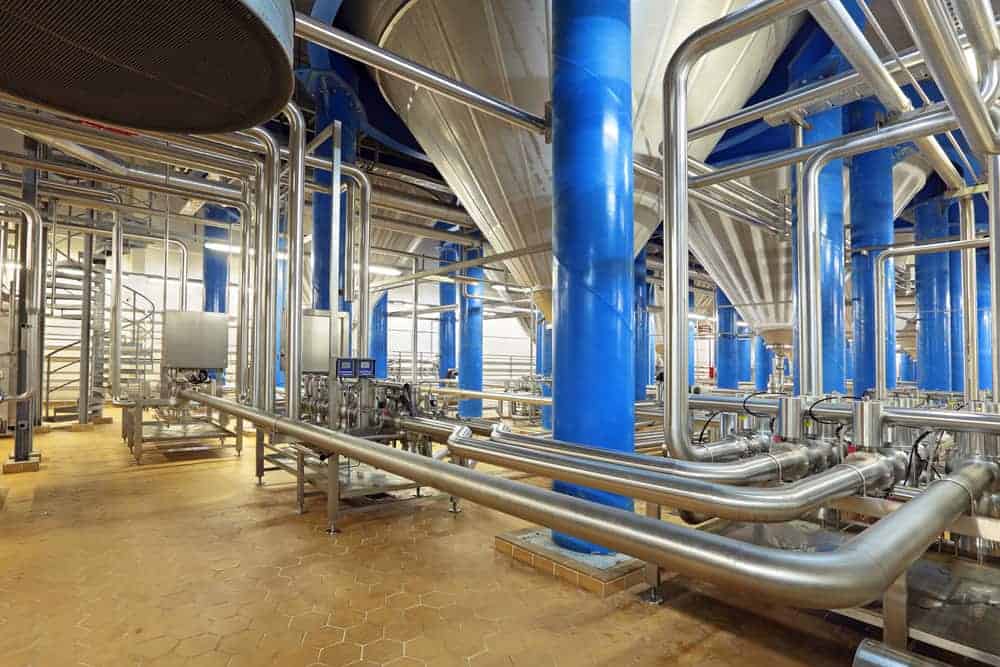
Food-grade, medical, or pharmaceutical manufacturing demands sanitary metalworking practices, as contamination can result from even a minor dent. For these applications, the choice of material, welding type, and finishing procedure all hold great importance. Stainless steel is a common choice in these industries because of its smooth finish and corrosion-resistant…

